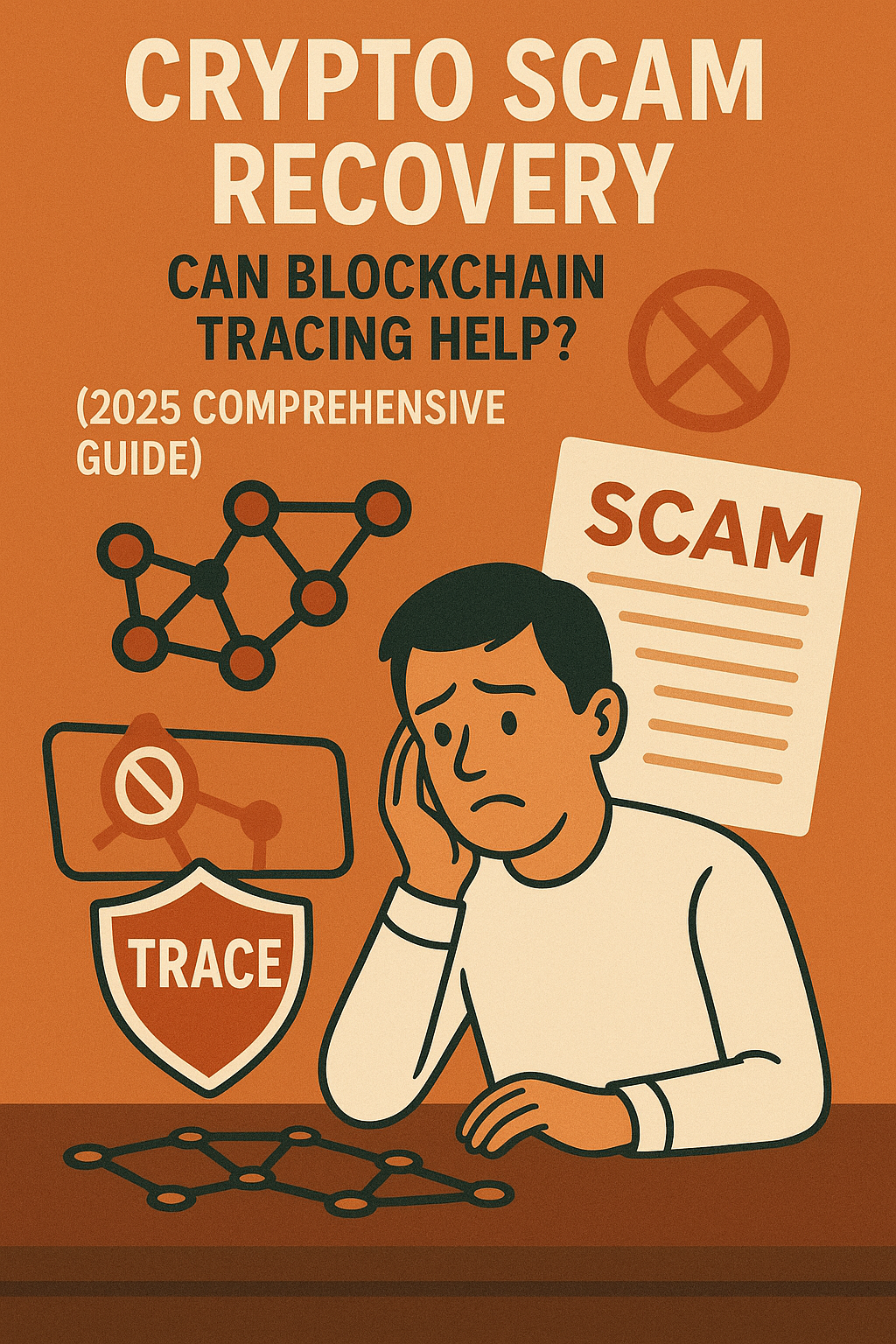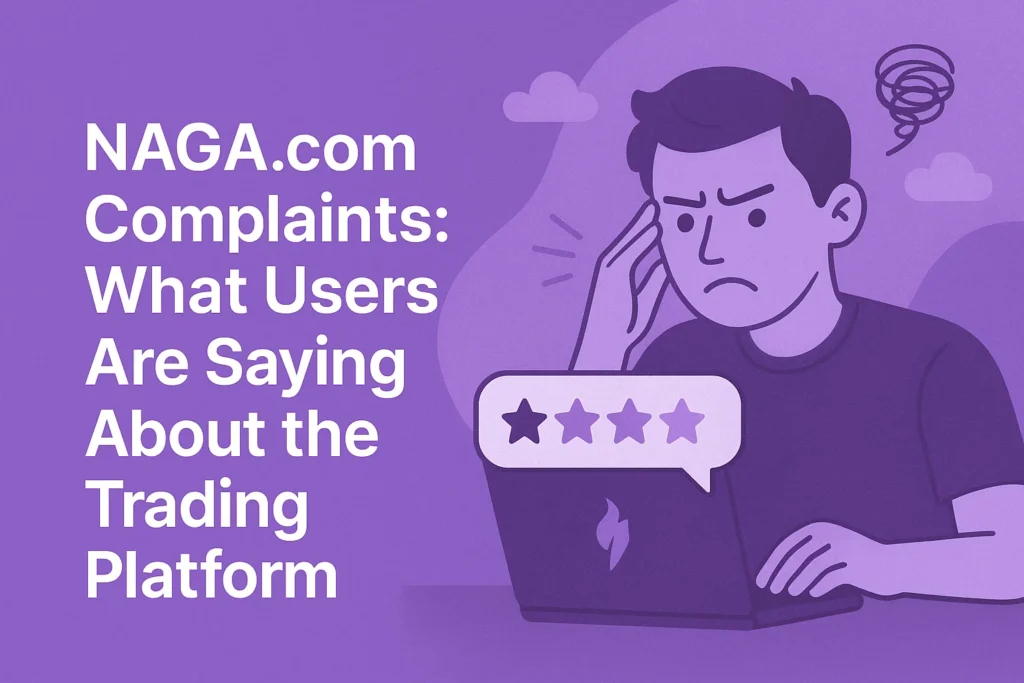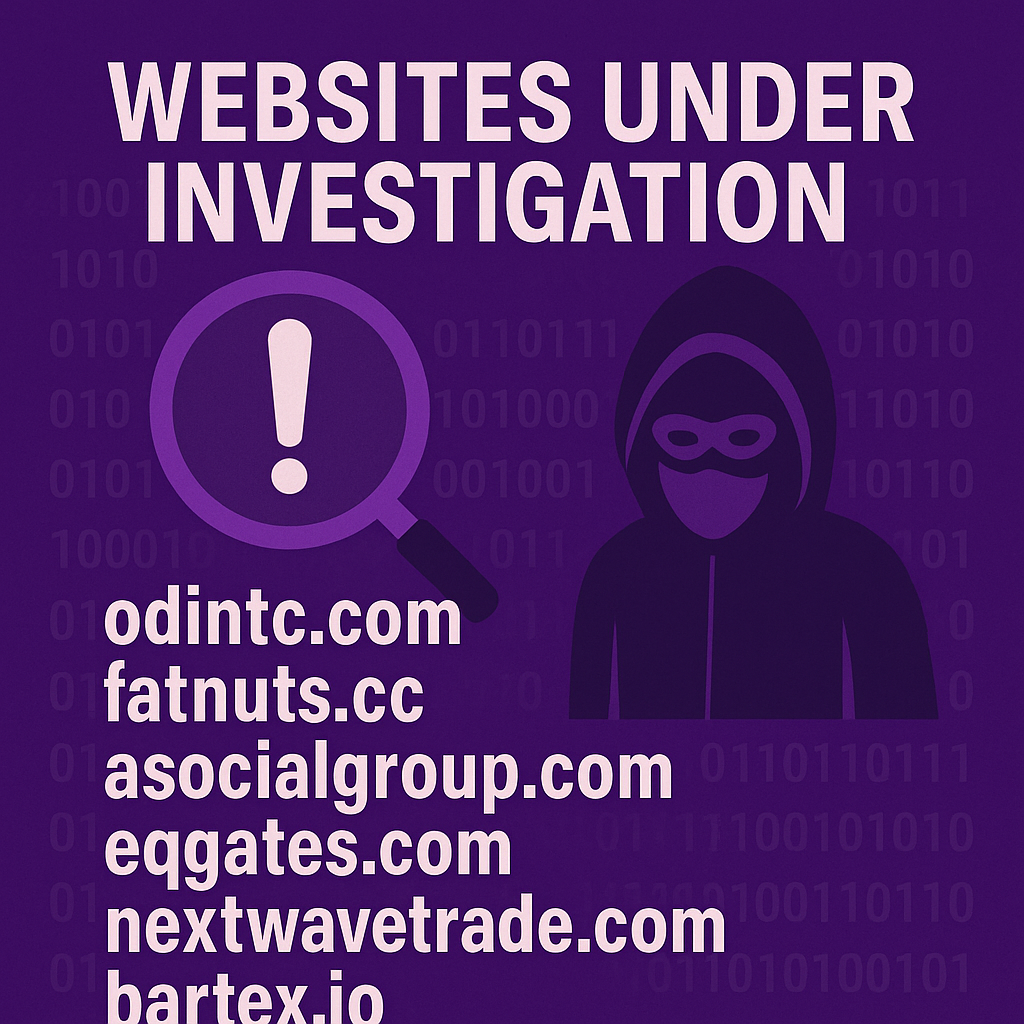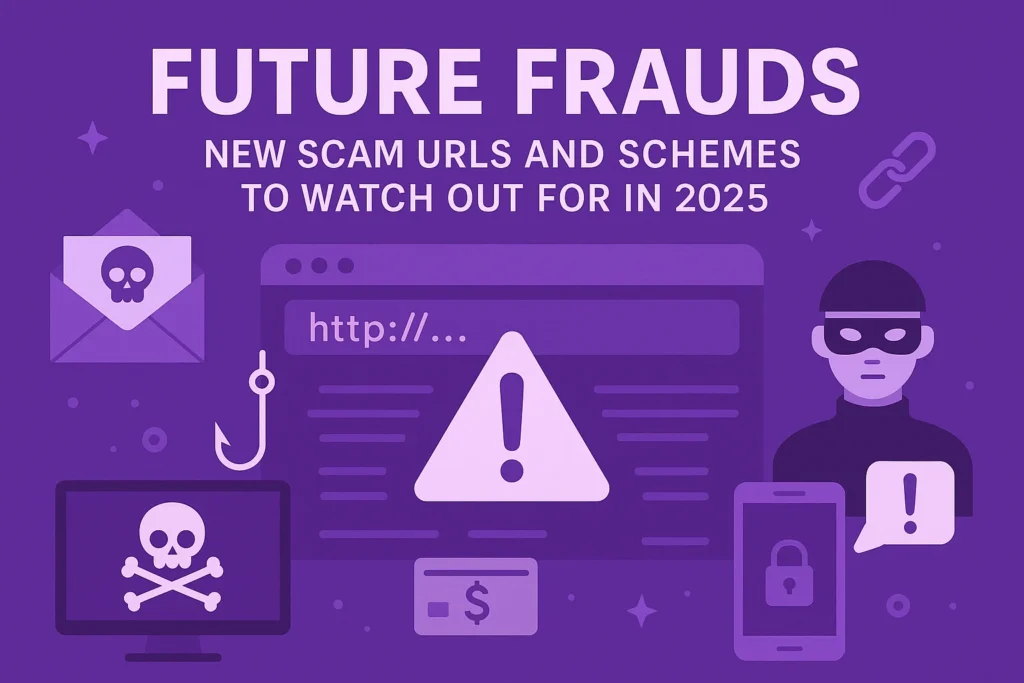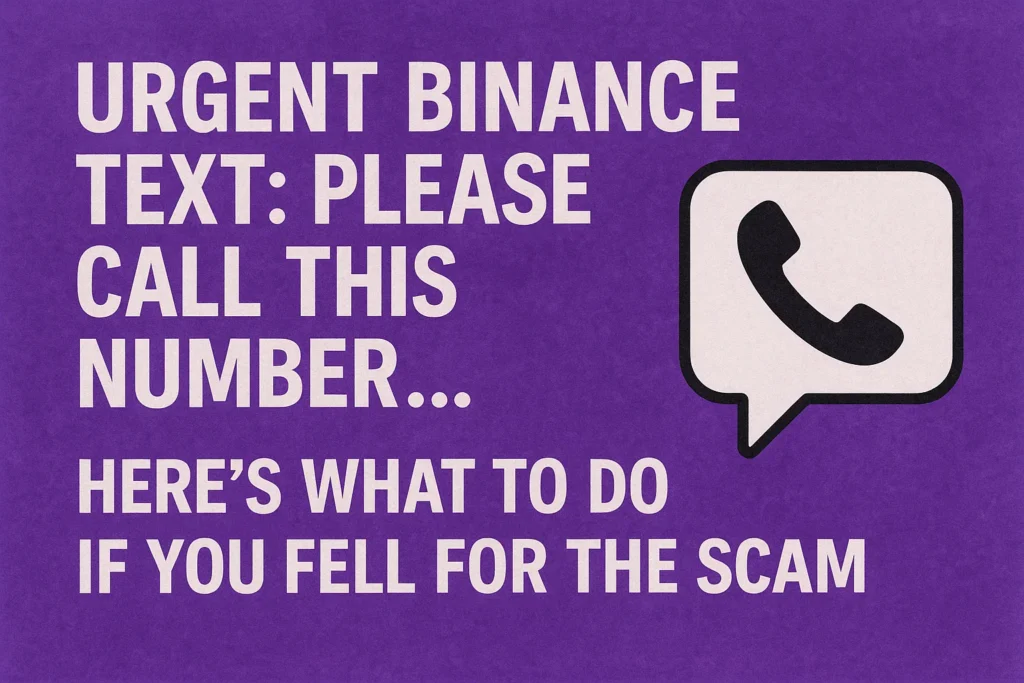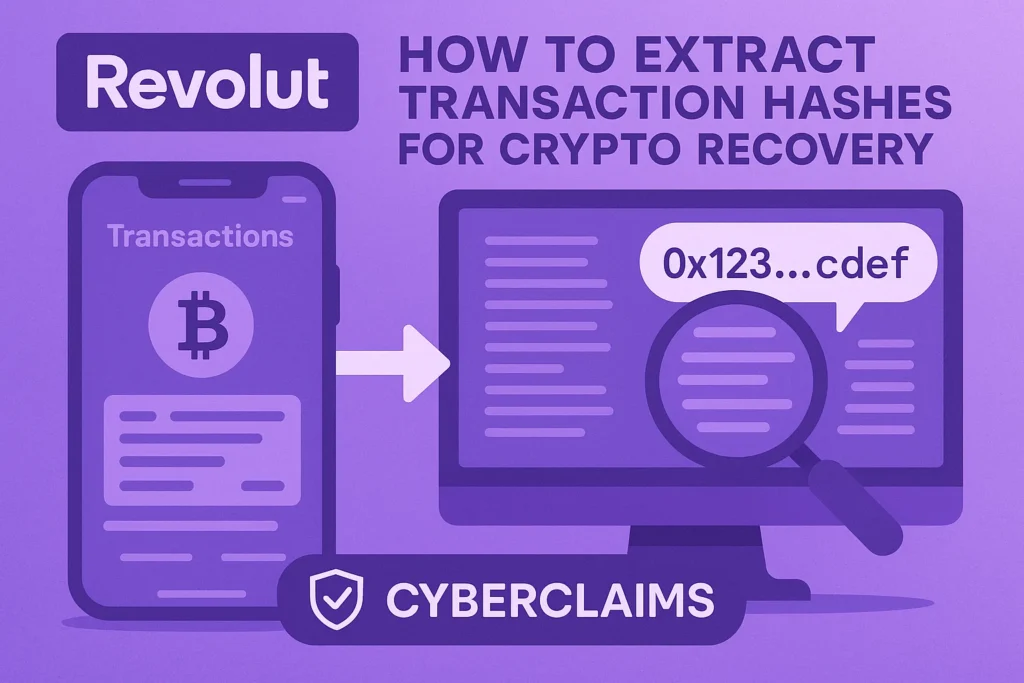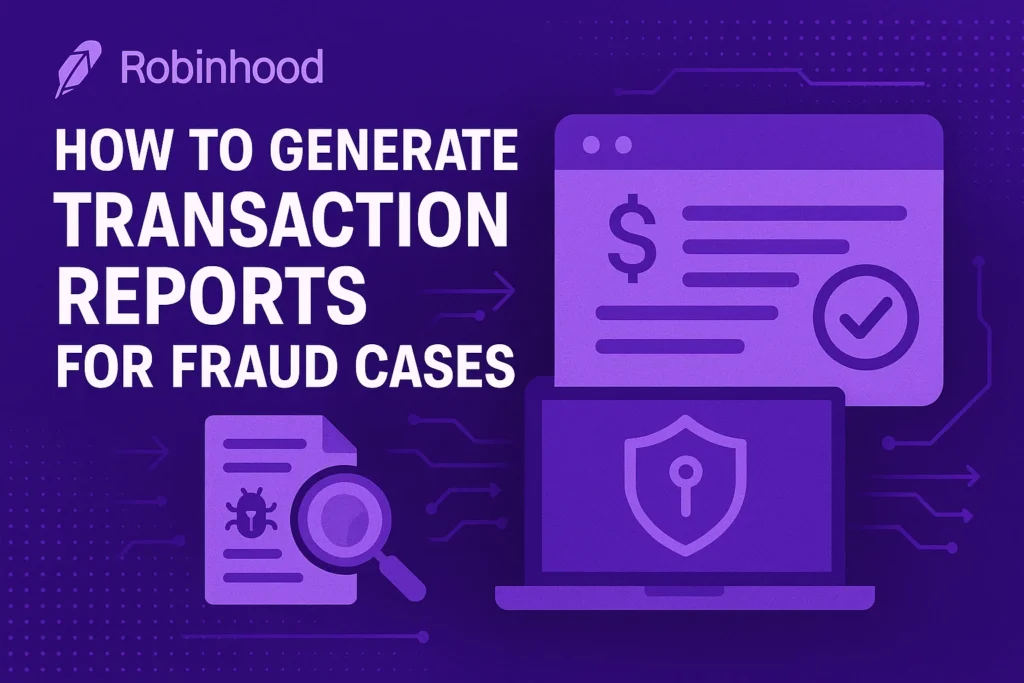Crypto scams continue to surge, resulting in massive financial losses. According to the FBI’s IC3 report, crypto-related scams accounted for over $2.5 billion in losses in 2024 alone. Blockchain tracing is emerging as a powerful tool for recovering stolen cryptocurrency. This guide explains how blockchain tracing works, its effectiveness, and steps you should take immediately after discovering a crypto scam.
What is Blockchain Tracing?
Blockchain tracing involves tracking cryptocurrency transactions through blockchain analysis tools. Companies such as Chainalysis and CipherTrace specialize in tracing crypto assets across wallets and exchanges, significantly increasing the likelihood of identifying scammers and recovering lost funds.
How Blockchain Tracing Helps in Crypto Scam Recovery
1. Identifies Fraudulent Wallets
Blockchain tracing tools analyze public blockchain data, identifying addresses associated with known fraudulent schemes, providing evidence crucial for legal proceedings.
2. Tracks Funds Across Exchanges
Even when scammers transfer stolen crypto across multiple wallets or exchanges, advanced tracing tools effectively follow the movement of funds, increasing recovery potential.
3. Provides Legal Evidence
Detailed tracing reports are valuable evidence when submitting complaints to law enforcement or initiating legal proceedings.
Steps to Recover Crypto Through Blockchain Tracing
Step 1: Document the Scam
Immediately document every detail related to the crypto scam, including transaction IDs, wallet addresses, emails, chat logs, and website URLs.
Step 2: Engage Blockchain Forensics Experts
Contact reputable blockchain tracing firms like Chainalysis or CipherTrace, or work through specialized recovery services such as Cyberclaims.net, which coordinate these forensic investigations for you.
Step 3: File Reports with Law Enforcement and Regulators
Provide detailed blockchain tracing reports when submitting complaints to authorities such as:
Step 4: Legal Action
Use tracing reports to initiate legal claims or arbitration against identified scammers or complicit exchanges.
Frequently Asked Questions (FAQs)
Is blockchain tracing guaranteed to recover my crypto?
While blockchain tracing significantly increases recovery chances, it’s not guaranteed. Successful recovery depends on tracing accuracy, jurisdictional cooperation, and legal actions taken afterward.
How long does blockchain tracing typically take?
Tracing generally takes between a few weeks to several months, depending on transaction complexity and the cooperation of involved exchanges.
What cryptocurrencies can be traced effectively?
Most major cryptocurrencies like Bitcoin, Ethereum, and Litecoin can be effectively traced. Privacy-focused coins such as Monero present greater challenges.
Is blockchain tracing expensive?
Costs vary depending on the complexity of tracing required. However, it is generally cost-effective compared to potential losses.
Can blockchain tracing identify the scammer’s identity?
Tracing identifies wallets and exchanges used by scammers. Law enforcement can then request user identity information from exchanges through legal channels.
Additional Resources and Tools
- Chainalysis Investigation Software
- CipherTrace Compliance Solutions
- FBI Crypto Scam Resources
- Coinbase Guide to Crypto Security
Real-Life Case Study: Crypto Scam Recovery Success
Cyberclaims.net successfully traced and recovered approximately $75,000 in Bitcoin stolen through a fraudulent investment platform. Blockchain tracing identified multiple exchanges used by scammers, enabling effective legal actions leading to fund recovery within four months.
Ready to Recover Your Crypto Assets?
If you’ve been scammed and need expert blockchain tracing and recovery assistance, contact Cyberclaims.net today for personalized support.
